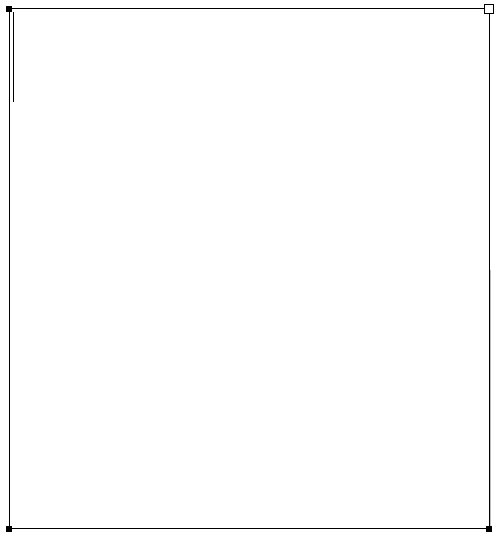different substitutes for first letter of a word, middle of a word, and last letter of a word...
krisztian kristof
Posts: 11
Hello everyone.
I'm working on a font containing purely graphics. It's basically a visual code, which can be read only by copy-pasting it from a pdf.
I could not find anywhere how to create the following simple opentype setup:
- each caracther has a basic view - when it's used as a single letter (for example at ~'a' between two spaces)
- if the same character is in first letter of a word it should use a.alt_01
- if the last character of a word, a.alt_03
- everything else (in-between letters of a word) a.alt_02
Is this possible?
Thanks very much!
Krisztián
I'm working on a font containing purely graphics. It's basically a visual code, which can be read only by copy-pasting it from a pdf.
I could not find anywhere how to create the following simple opentype setup:
- each caracther has a basic view - when it's used as a single letter (for example at ~'a' between two spaces)
- if the same character is in first letter of a word it should use a.alt_01
- if the last character of a word, a.alt_03
- everything else (in-between letters of a word) a.alt_02
Is this possible?
Thanks very much!
Krisztián
Tagged:
0
Comments
-
These links should be useful (even if you don't use Glyphs)
http://www.glyphsapp.com/tutorials/features-part-4-positional-alternates
http://www.glyphsapp.com/forums/index.php?action=vthread&forum=2&topic=4800 -
Thank you Craig!
0 -
-
Although some fonts and software may attempt to use the {init} {medi} etc. features for word-positional substitutions (and I discussed them in this context in my draft specification for a general OpenType Layout model), the general view at the OTL engine developer meeting in Seattle this April was that these features should properly be viewed as—and reserved for—script-level joining behaviour as defined in the Unicode Standard. This is already the primary purpose of these features, for Arabic, Syriac, etc., in which application of the features is based on character joining type properties that are defined in Unicode. Not only are word-positional character contexts not so cleanly defined anywhere (bear in mind that not all scripts and languages handle word breaks in the same way as, say, English), but duplicating using these features for word-positional as well as character joining type means that there is no way to address word-positioning substitutions for scripts like Arabic that rely on these features for joining behaviour.0
-
uh. thanks for the help.
this project is really just about misusing the otf format for smart graphics. i did this kind of thing with programming (in openframeworks, and in scriptographer) but those environments are for nerds. i want to use otf because everyone knows what a font is, so it's easier to publish it in a way that you don't need to install a lot of things to use it.0 -
hi
it must be something really simple causing this error, but i cannot find it with my noob eyes.
any ideas?
(the underscores were mistakes, i corrected them)
(as well, the lookup was originally in the upper window with calt, but after saving and reopening it moved to the bottom)
thanks,
krisztian
0 -
this is an animation i made - with the desired effect. unfortunately i get this fatal @ token problem even with proper font source files.
 3
3 -
Problem solved - my python installation was broken.1
Categories
- All Categories
- 46 Introductions
- 3.9K Typeface Design
- 487 Type Design Critiques
- 564 Type Design Software
- 1.1K Type Design Technique & Theory
- 656 Type Business
- 861 Font Technology
- 29 Punchcutting
- 521 Typography
- 119 Type Education
- 325 Type History
- 77 Type Resources
- 112 Lettering and Calligraphy
- 33 Lettering Critiques
- 79 Lettering Technique & Theory
- 559 Announcements
- 94 Events
- 114 Job Postings
- 170 Type Releases
- 180 Miscellaneous News
- 276 About TypeDrawers
- 54 TypeDrawers Announcements
- 120 Suggestions and Bug Reports


